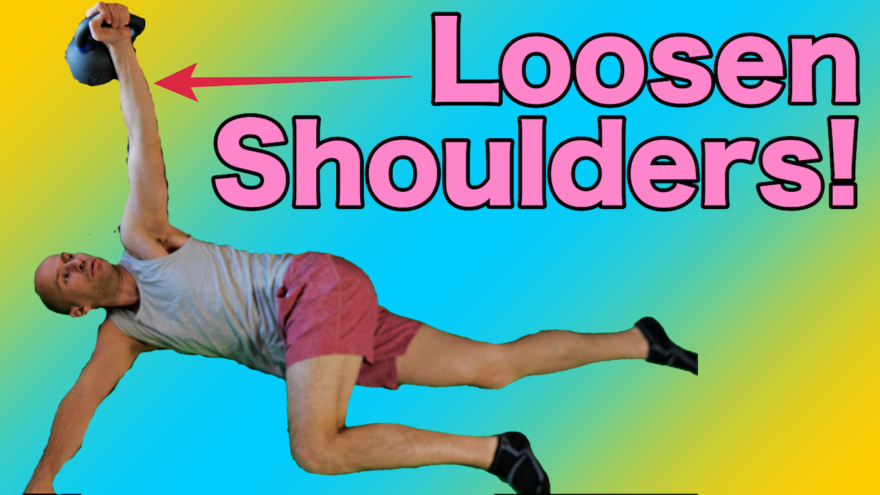Category: Upper Body 101
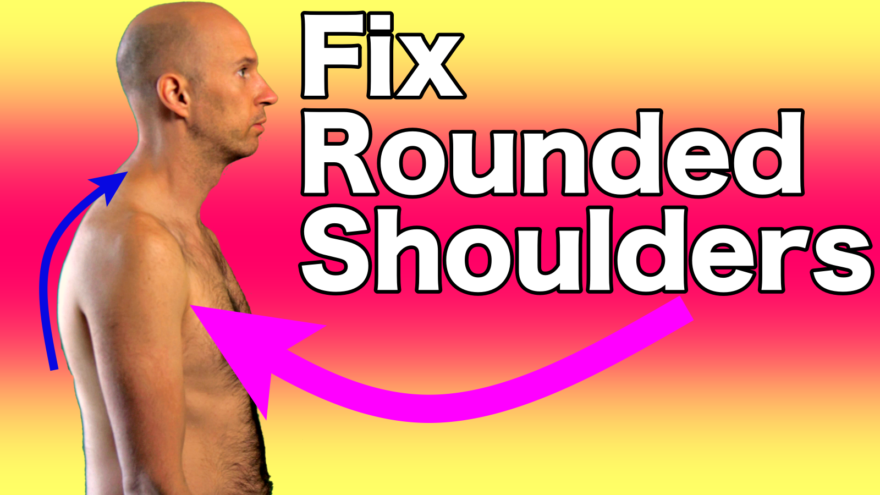
How to Fix Rounded Shoulders
Having rounded shoulders doesn’t occur for the reason you think it does Rounded shoulders are an often common complaint of…

The Best Carpal Tunnel Syndrome Exercises in 2021
If you have carpal tunnel syndrome, you may have to look beyond your wrist! With an increase in computer and…
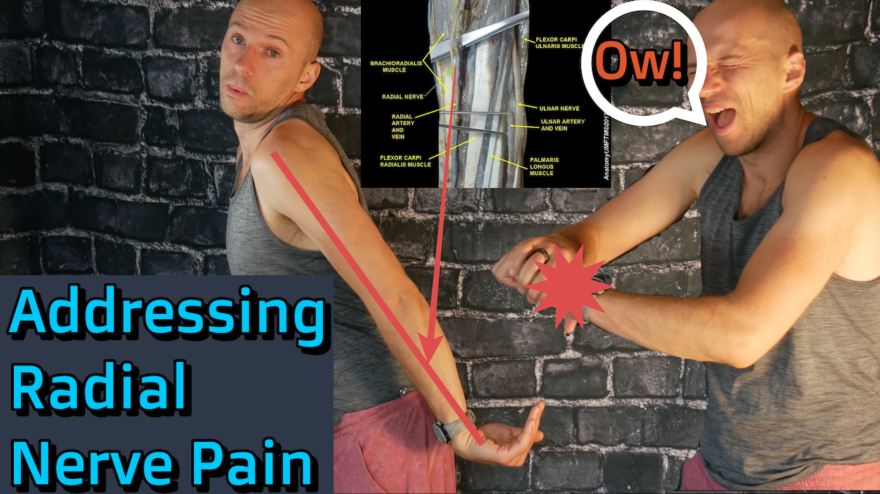
Fixing Radial Nerve Pain in Weight Bearing
Ever get pain going down the outside of your arm when you are weight-bearing? Numbness, tingling, the whole shebang? If…
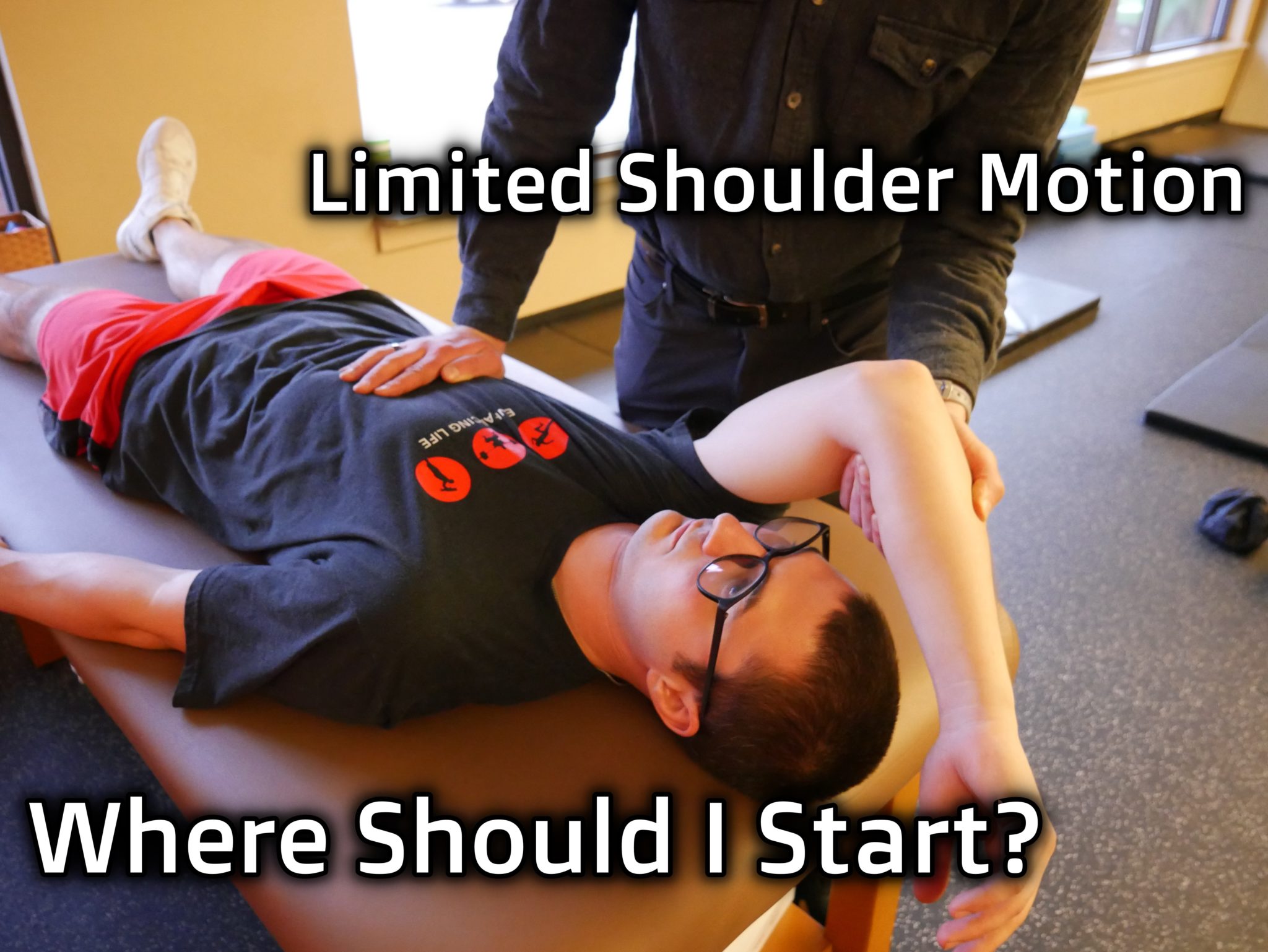
Limited Shoulder Motion, Where Should I Start?
You have someone who is limited with several different shoulder mobility measures, which should you tackle first? Find out in…

Shoulder Flexion Troubleshooting
Can’t get overhead? Let’s figure out how! If you can raise your arm fully overhead WITHOUT compensating, don’t read any…
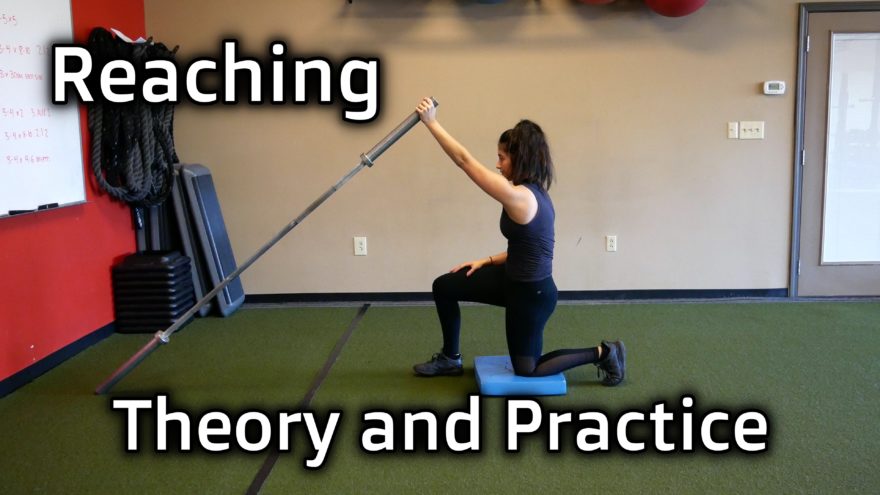
Reaching: Theory and Practice
Learn how reaching and improve upper body mobility Movement Debrief Episode 116 is in the books. Below is a copy…

All About the Scapula – Movement Debrief Episode 109
Movement Debrief Episode 109 is in the books. Below is a copy of the video for your viewing pleasure, and…

